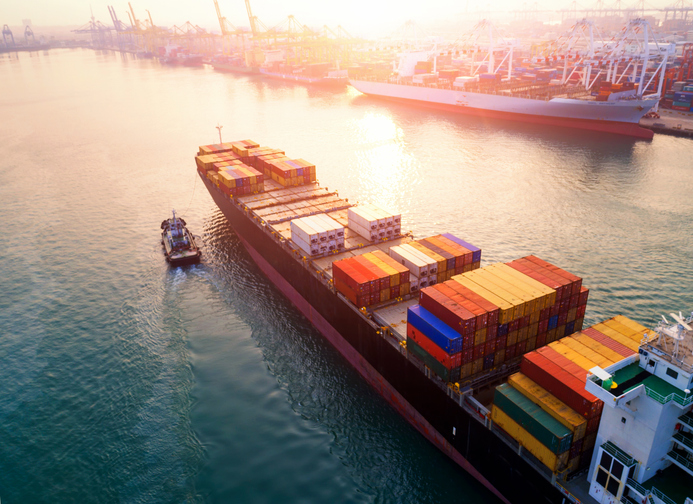
The Weekly Roar
In this week’s Roar: Risk preparedness in the supply chain, air freight rates, lower prices for the holidays, a battle over market share, and current fuel trends.
There is a new normal for the world’s supply chains. Global shipping continues to face growing threats, including geopolitical instability, cyberattacks, and climate-related disruptions, all of which challenge the resilience of supply chains. However, adaptive supply chains using data and AI-powered tools can help businesses anticipate and respond to these risks. One approach integrates real-time visibility and predictive analytics, allowing companies to mitigate disruptions before their operations are impacted. Risk preparedness calls for more collaboration across the supply chain partners and continuous innovation.
The rate trends remain mixed in air cargo. As we approach the peak season, air freight rates remain flat in many areas after a period of being elevated. But while global air freight indices saw a slight decrease, spot rates are beginning to rise, particularly from China, as production resumes post-Golden Week. Rates out of Europe increased on several routes due to geopolitical tensions, while rates from the U.S. fell following dock worker strikes. Overall, airfreight markets remain stable but are expected to see more activity in the coming weeks. The point? Rate trends are regional and remain volatile, so shippers should watch rates in their most important lanes closely.
Despite concerns about inflation, retailers implementing discounts and using leaner, tech-driven supply chains should mean lower prices for the 2024 holiday shopping season. A recent survey of executives in retail and supply chain logistics and consumers shows that 85% of consumers are worried about price increases, but 70% of retailers plan to offset higher costs through sales, discounts, and loyalty programs. Some in the supply chain are investing in automation to reduce seasonal hires, but many plan to expand omnichannel workforces to meet demand. And 65% of consumers say free shipping is their top priority.
 Container carriers are preparing for a battle over market share as demand decreases and alliances prepare to shuffle in 2025. Despite declining rates, carriers are increasing capacity, which is making it a challenge to stabilize pricing. Routes across Asia-Europe are seeing excess capacity, while there are mixed trends across Asia-U.S. routes. In order to maintain their market presence, some carriers are chartering vessels, even smaller ones — a stance that could disrupt attempts to control rates and manage the oversupply in capacity.
Container carriers are preparing for a battle over market share as demand decreases and alliances prepare to shuffle in 2025. Despite declining rates, carriers are increasing capacity, which is making it a challenge to stabilize pricing. Routes across Asia-Europe are seeing excess capacity, while there are mixed trends across Asia-U.S. routes. In order to maintain their market presence, some carriers are chartering vessels, even smaller ones — a stance that could disrupt attempts to control rates and manage the oversupply in capacity.
The U.S national average price for diesel is up for the fourth consecutive week, increasing by 4.7 cents, bringing the average price to $3.631 per gallon for the week ending October 14. However, diesel prices are still 81.3 cents lower when compared to October 2023. The largest increase was on the Gulf Coast at 7.1 cents, while California saw a slight decrease of 0.8 cents. There are various factors at play, including seasonal agriculture demand and the effect recent hurricanes had on supply.
For the rest of the week’s top shipping news, check out the article highlights below.









